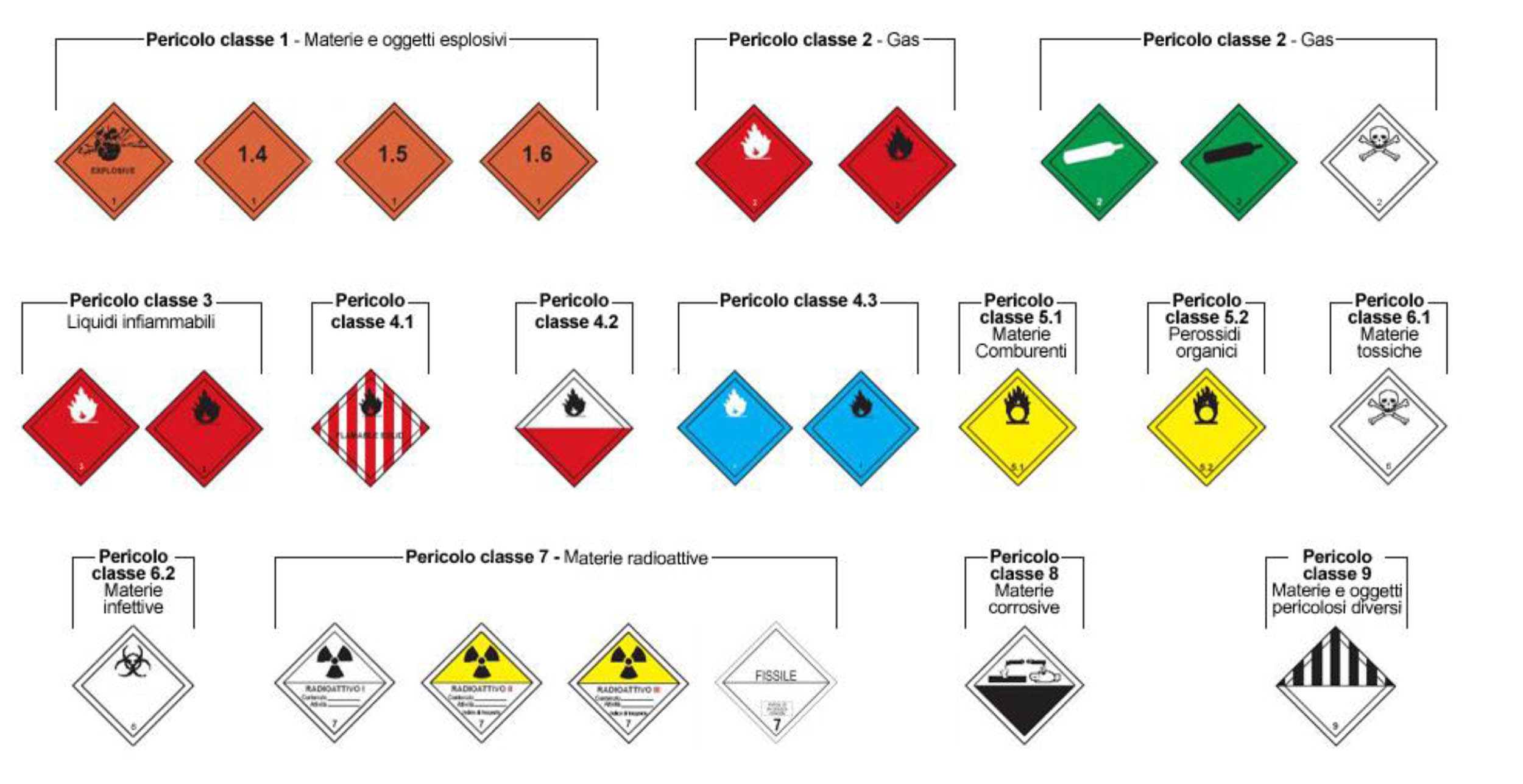



“THE VALUE OF PROFESSIONALISM”
“Without professionalism I’d be an amateur, and the clients I want don’t hire amateurs.”
— David Airey
Zordan Logistics was born in 1986, as a storage and distribution service provider for chemical products for the agricultural sector. The normative evolution of the dangerous goods sector, and the increase in quantities, led the company to undertake the process to obtain the certifications required for handling dangerous goods, or ADR.
But what’s ADR?
ADR is a 1957 United Nations treaty that governs transnational transport of hazardous materials. “ADR” is derived from the French name for the treaty: Accord relative au transport international des merchandises Dangereuses par Route).
The agreement itself is brief and simple, and its most important article is article 2. This article states that, with the exception of certain exceptionally dangerous materials, hazardous materials may in general be transported internationally in wheeled vehicles, provided that two sets of conditions be met:
Annex A regulates the merchandise involved, notably their packaging and labels.
Annex B regulates the construction, equipment, and use of vehicles for the transport of hazardous materials.
The appendices consist of nine chapters, with the following contents:
- General provisions: terminology, general requirements
- Classification: classification of dangerous goods
- Dangerous Goods List sorted by UN number, with references to specific requirements set in chapters 3 to 9; special provisions and exemptions related to dangerous goods packed in limited quantities
- Packaging and tank provisions
- Consignment procedures, labelling, and marking of containers and vehicles.
- Construction and testing of packaging, intermediate bulk containers (IBCs), large packaging, and tanks
- Conditions of carriage, loading, unloading, and handling
- Vehicle crews, equipment, operation, and documentation
- Construction and approval of vehicles
Beginning from the 1st of January 2021, ADR was adjourned to ADR 2021.
The delivery of dangerous goods is one of the most challenging parts of the process of handling dangerous goods. It begins with a correct identification of the goods to deliver, and it ends with the unload at the final destination.
The value of professionalism in this phase in vital. Do not let chance into the equation.
